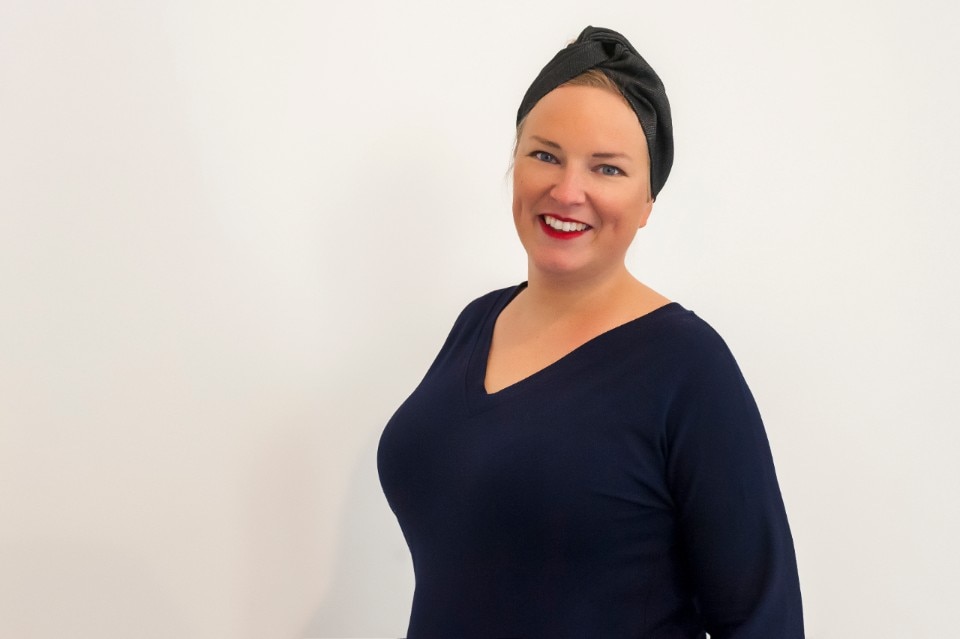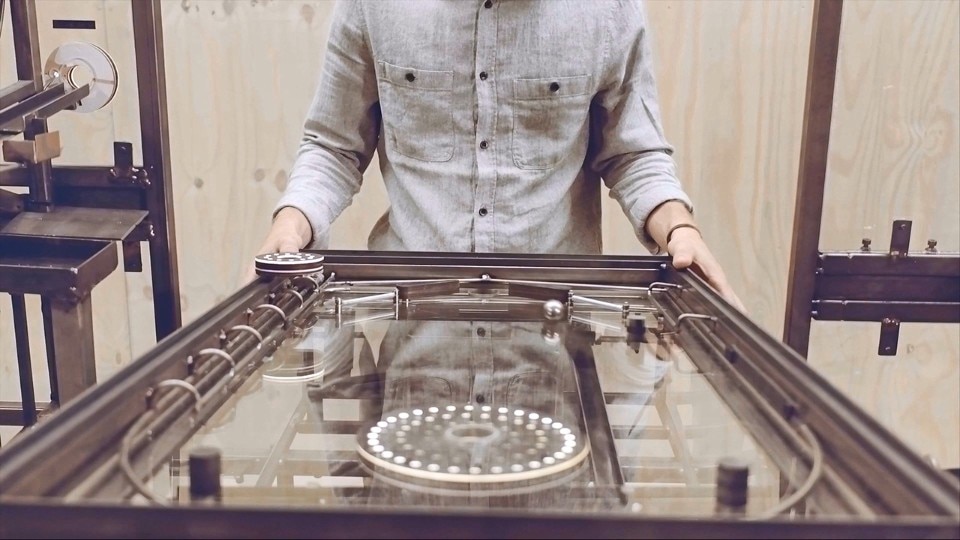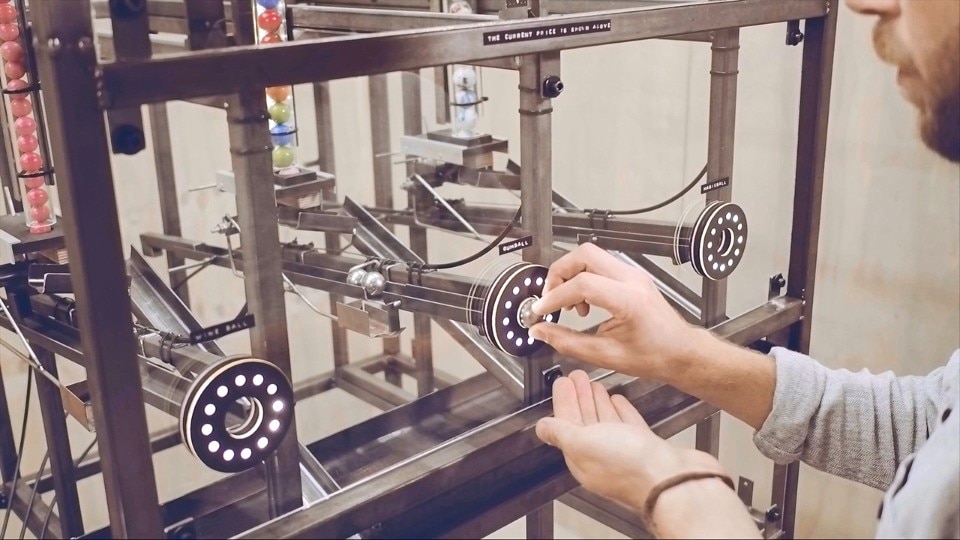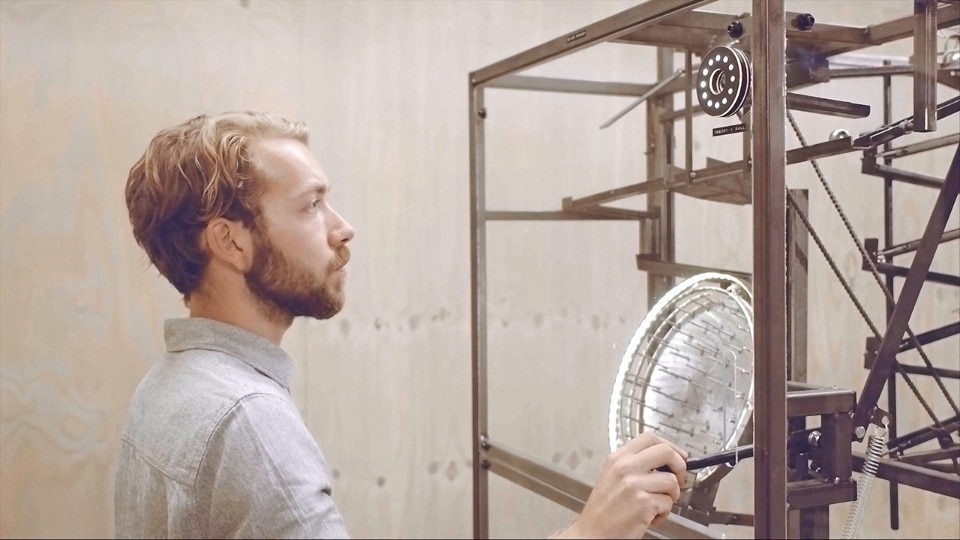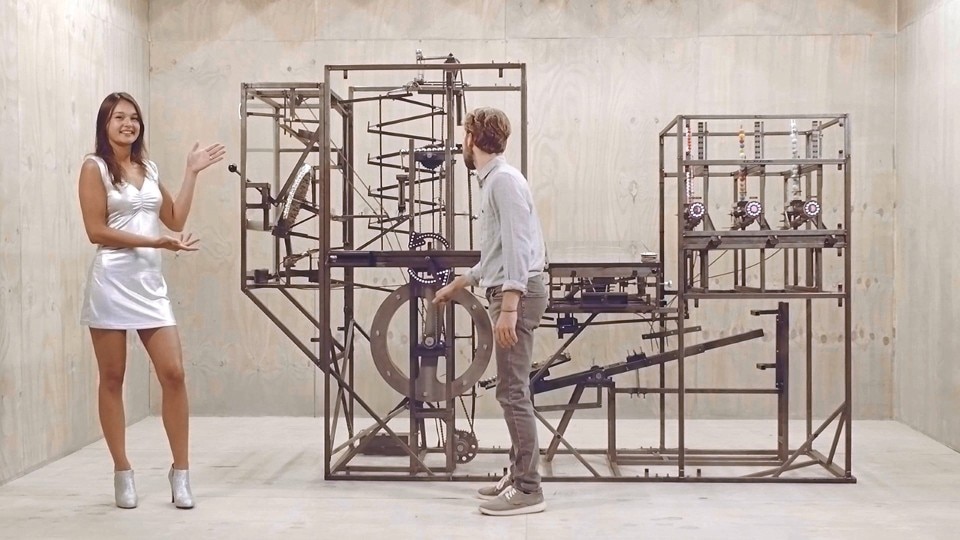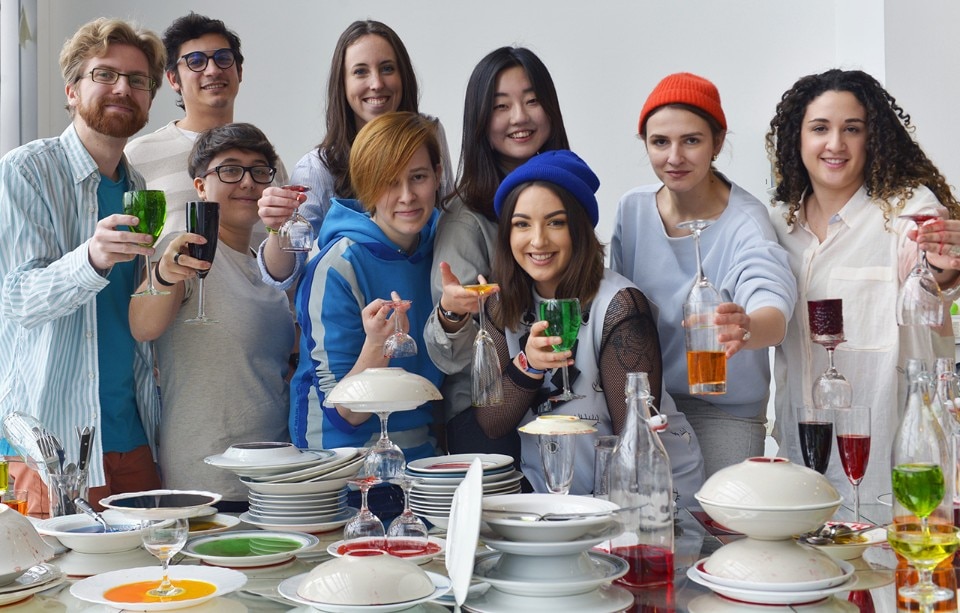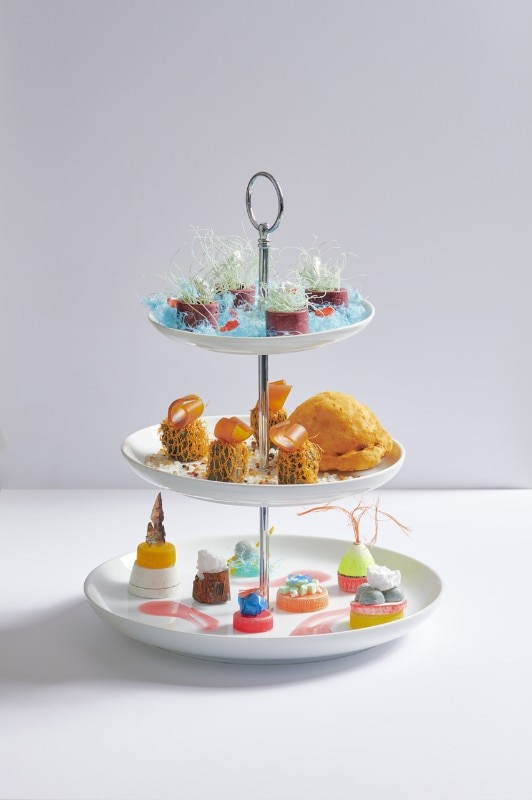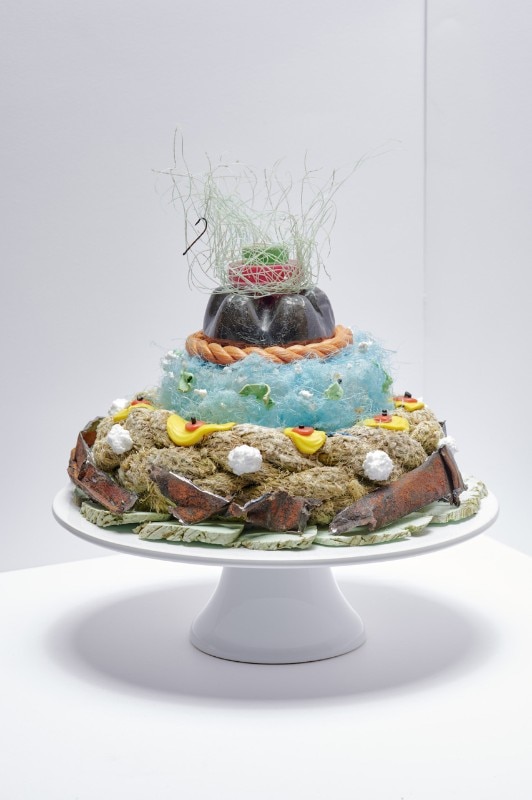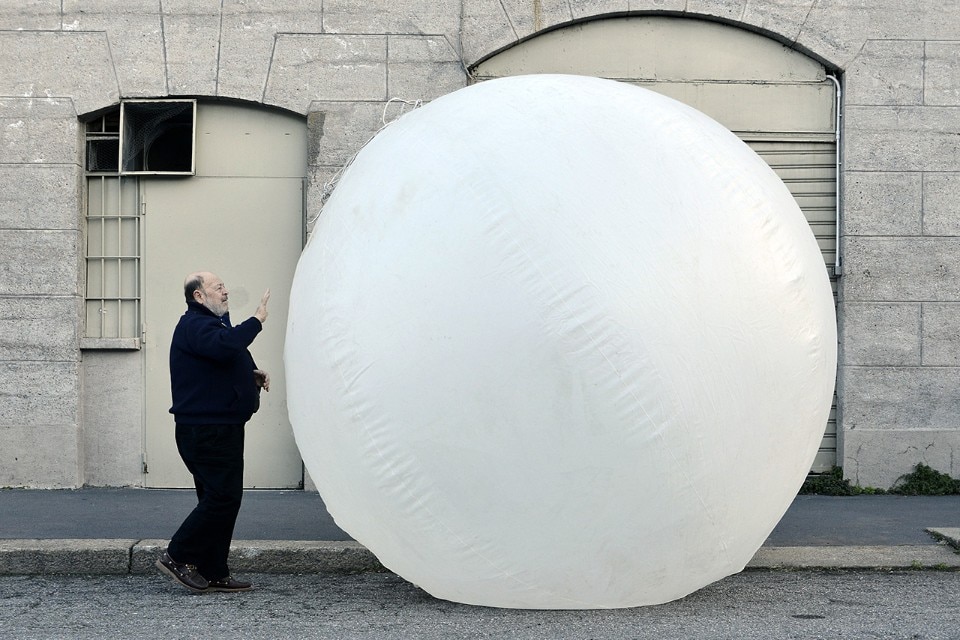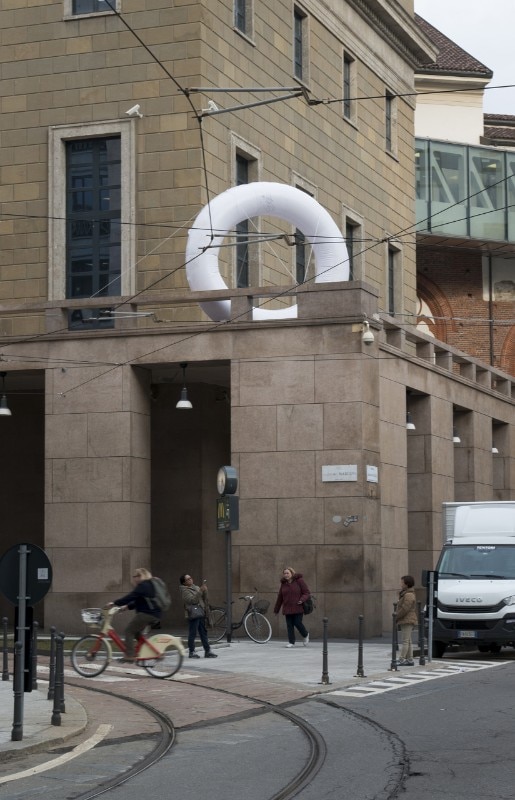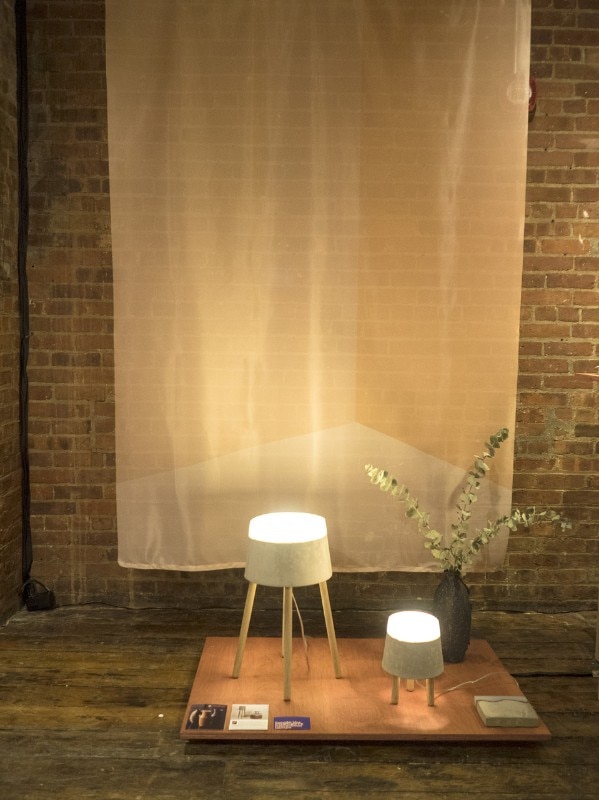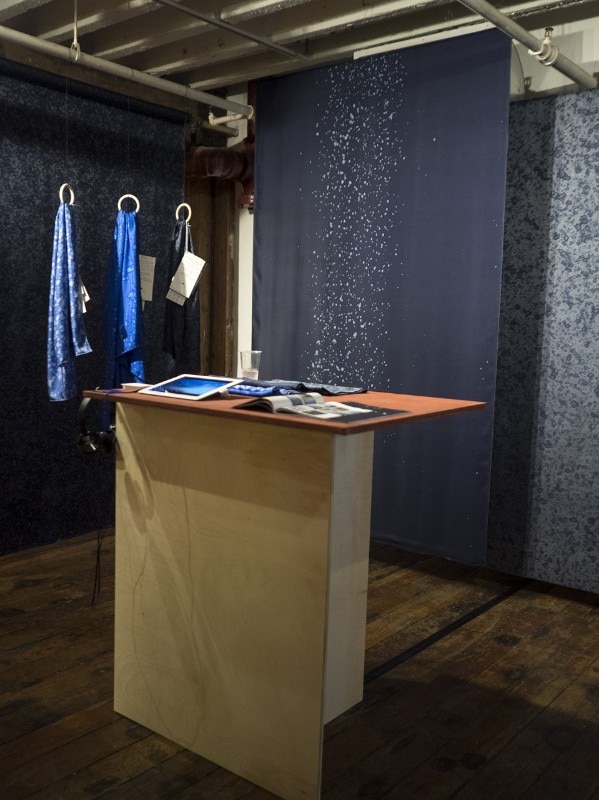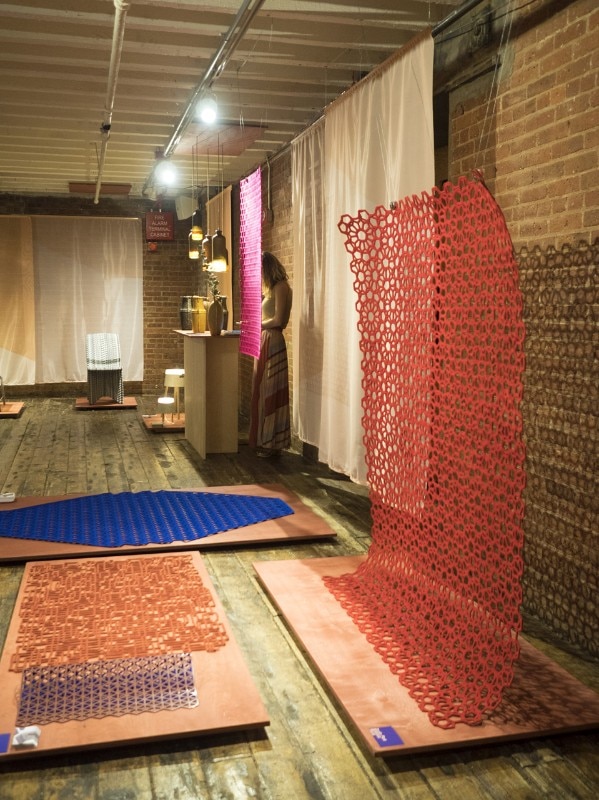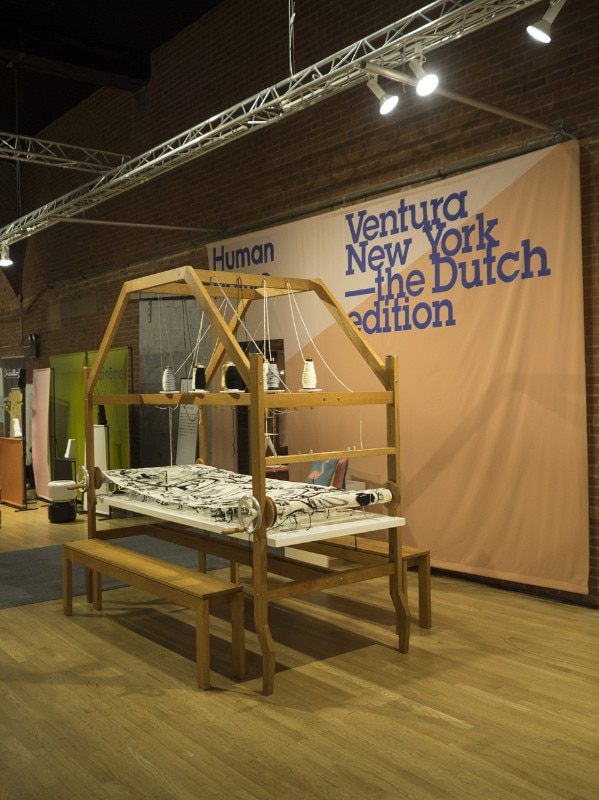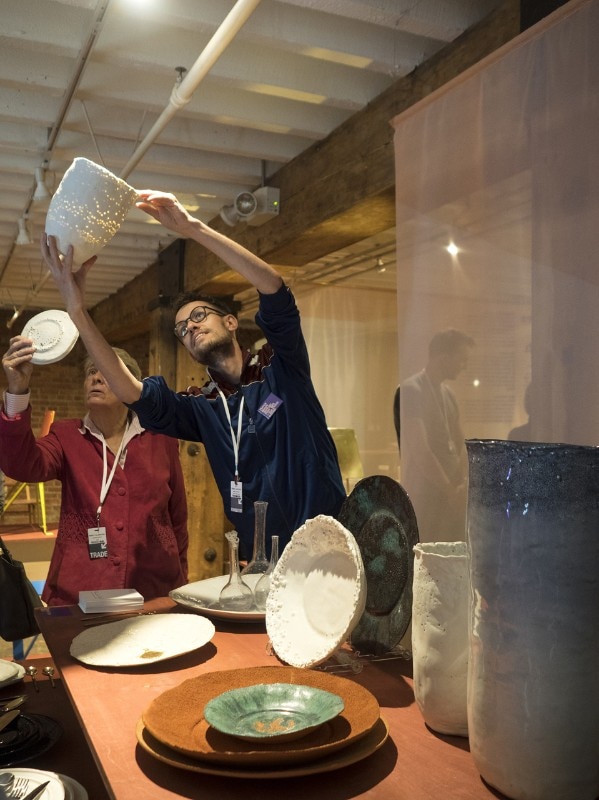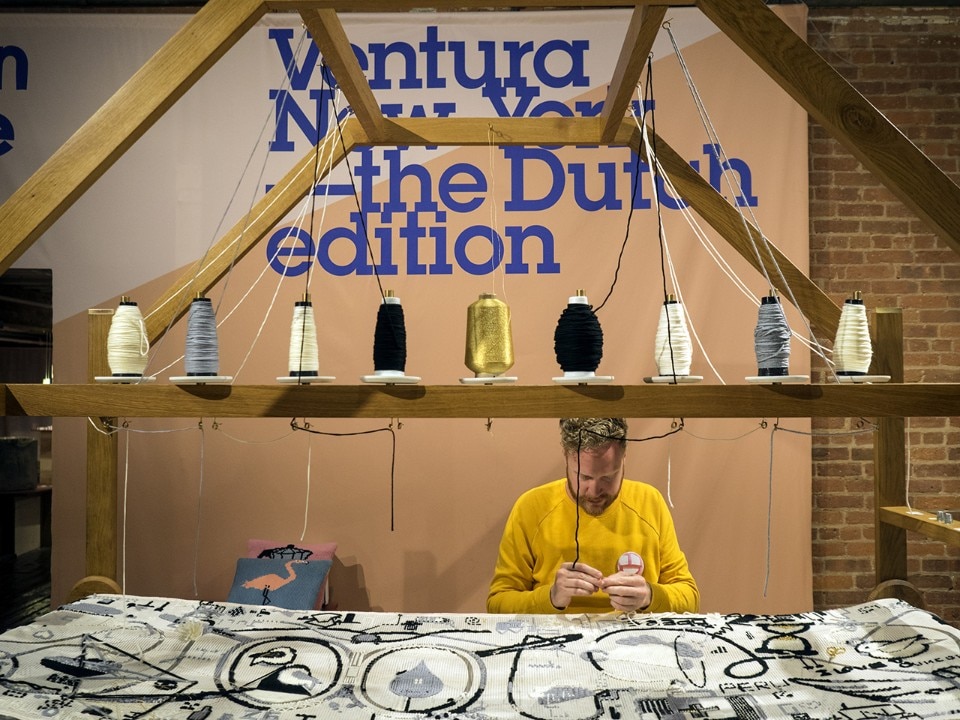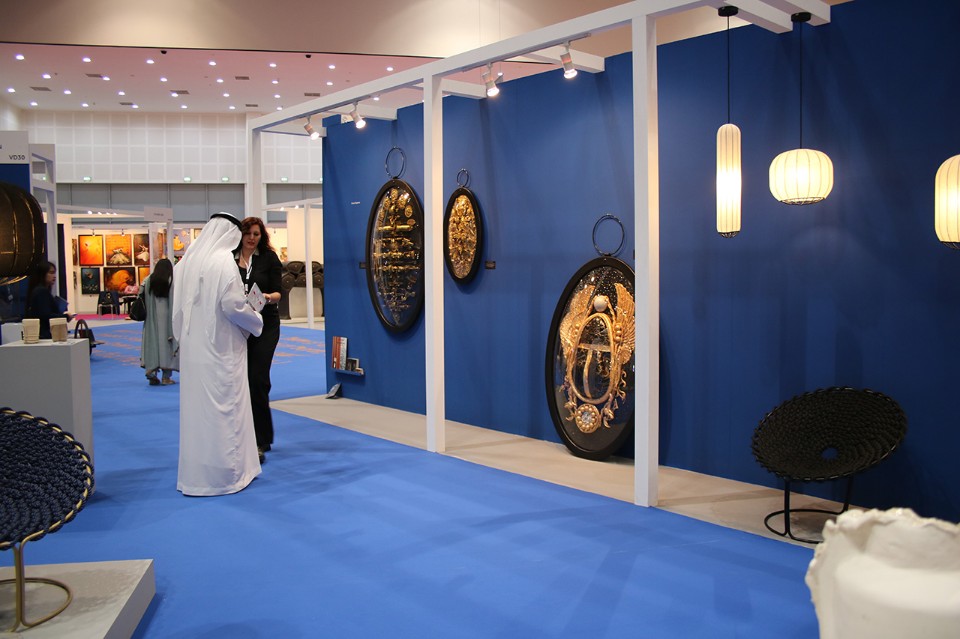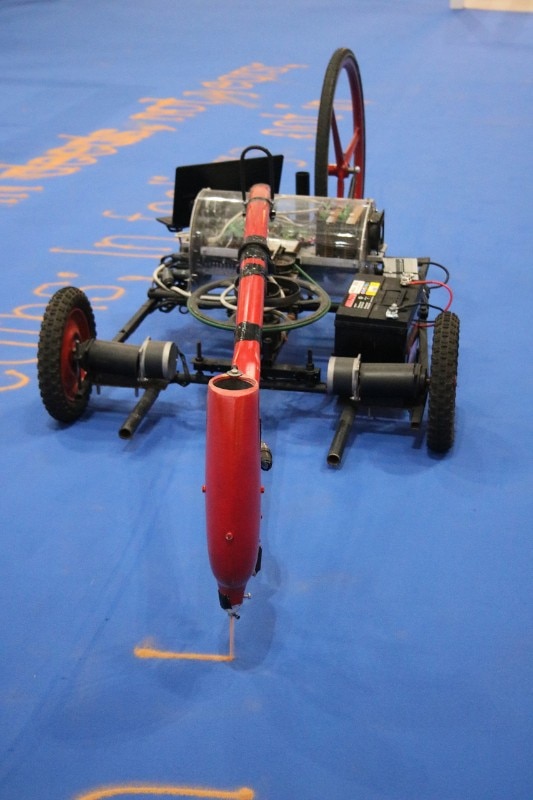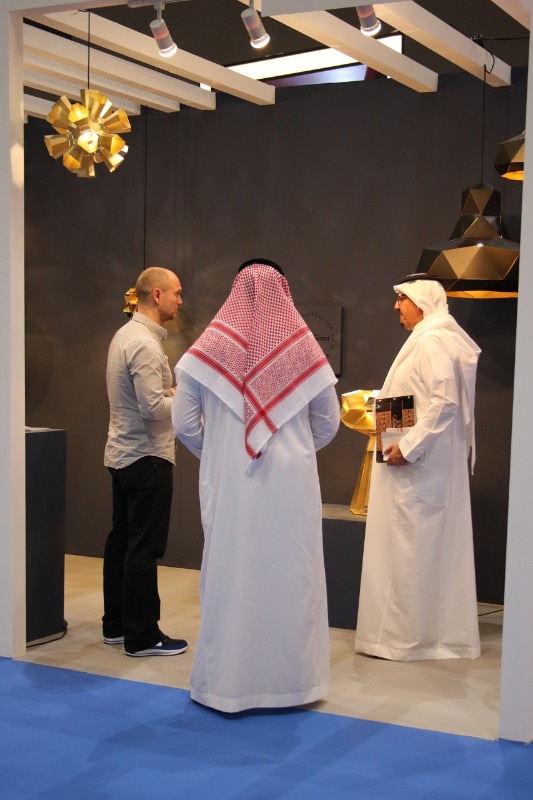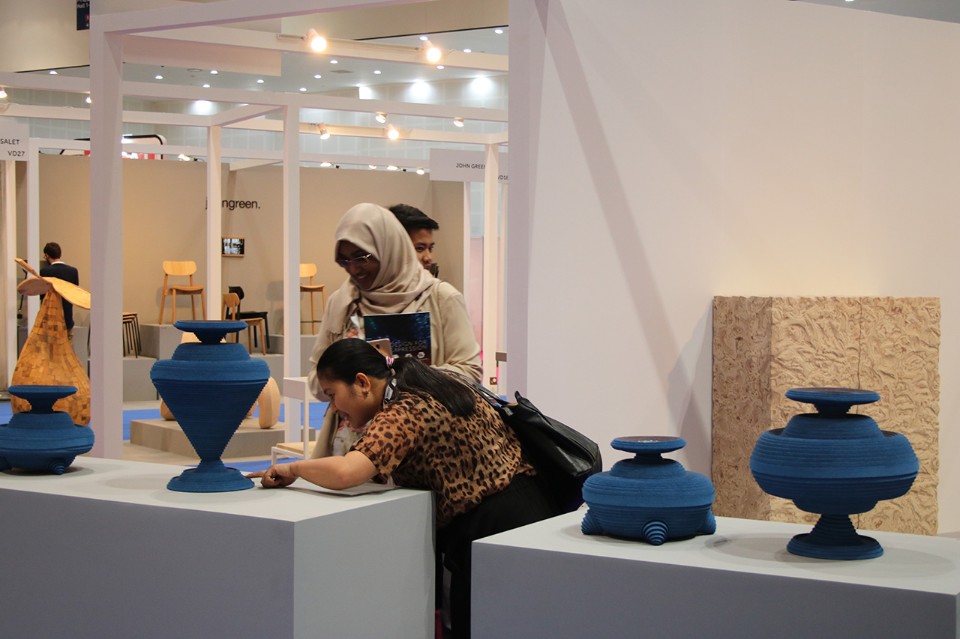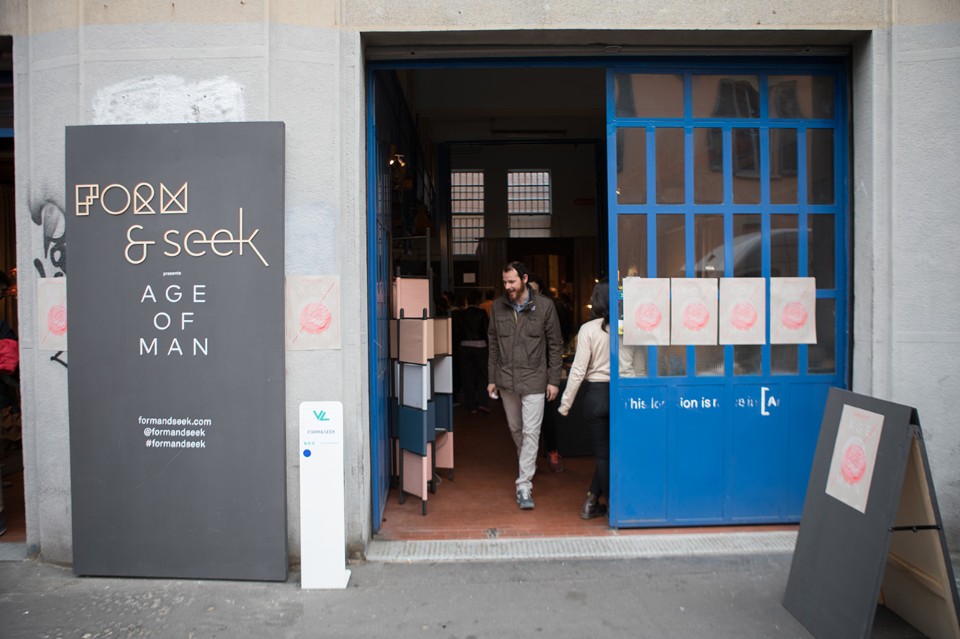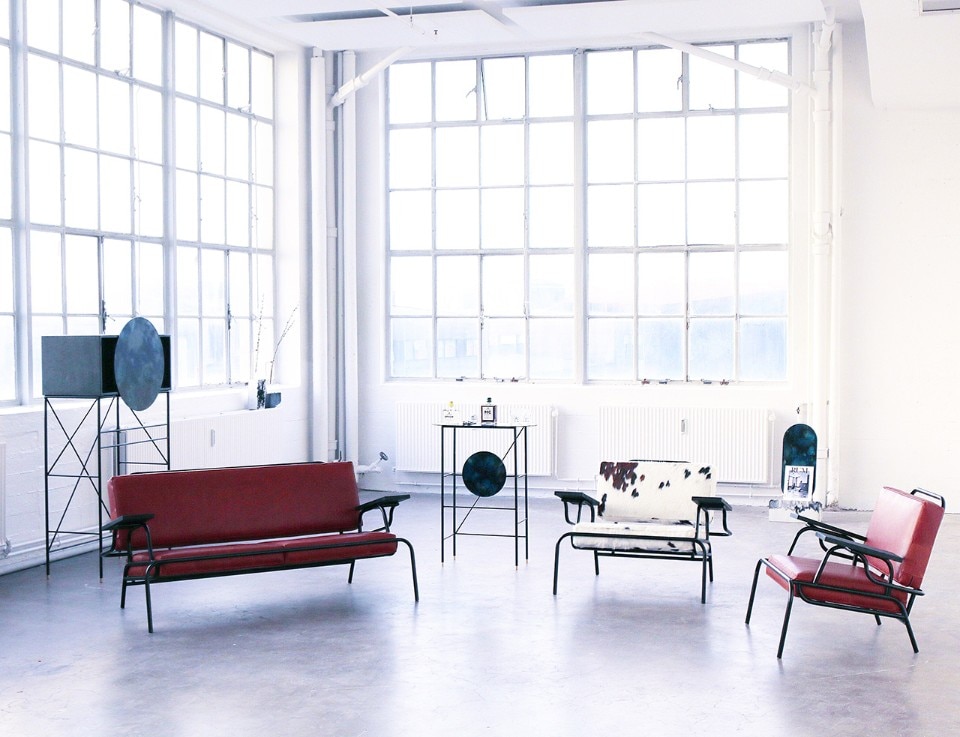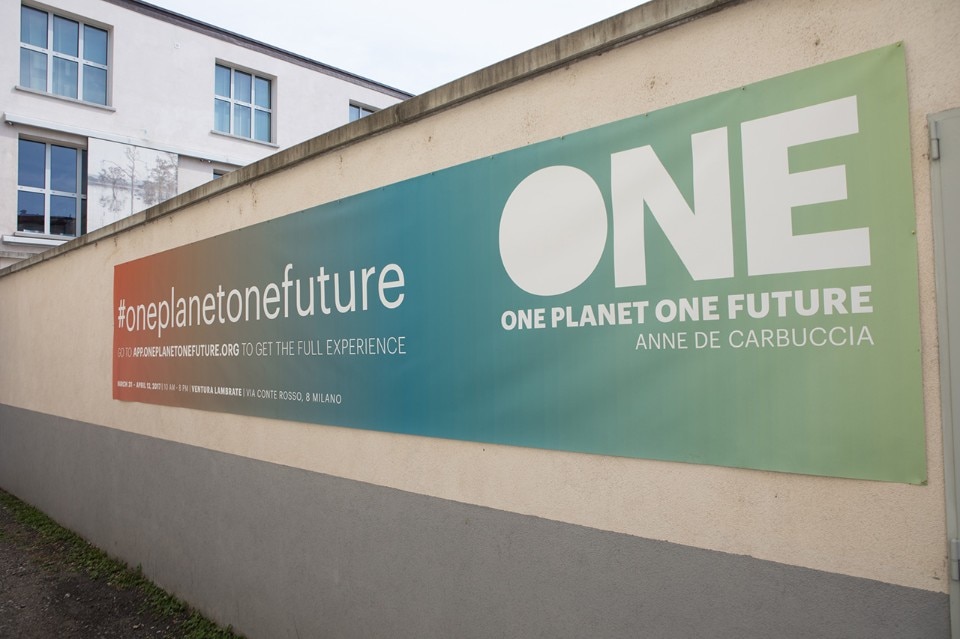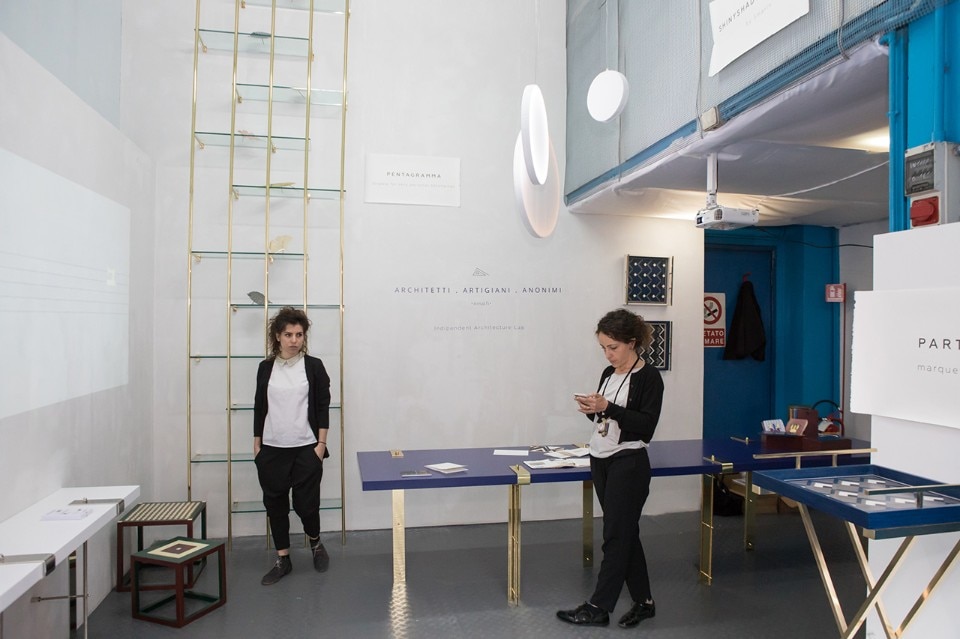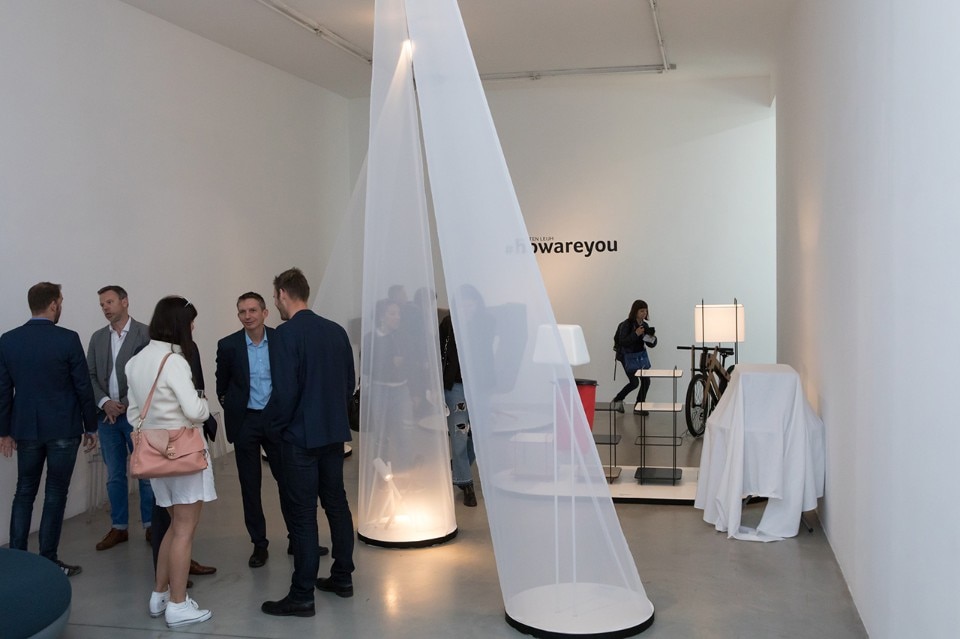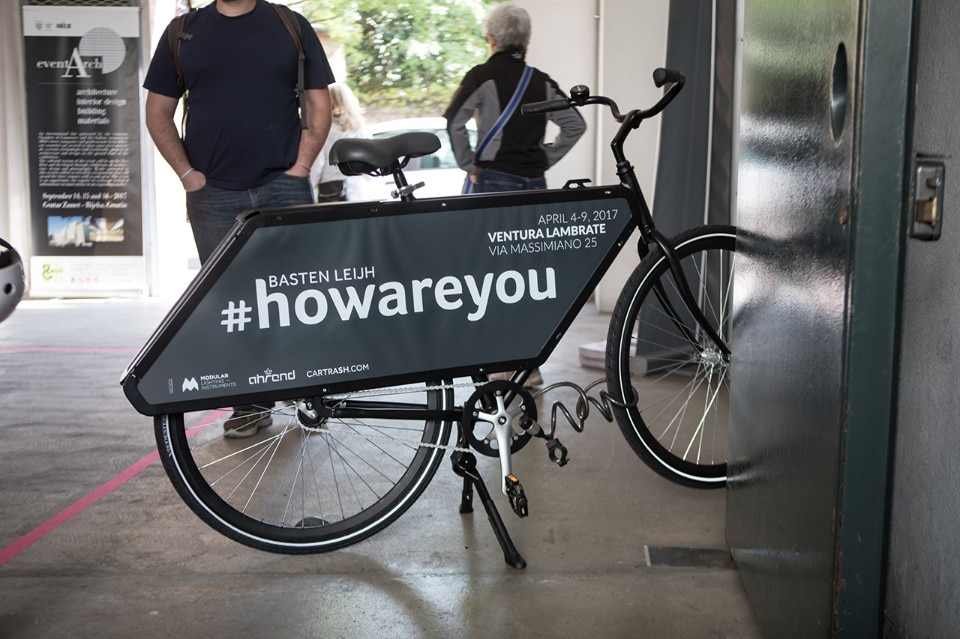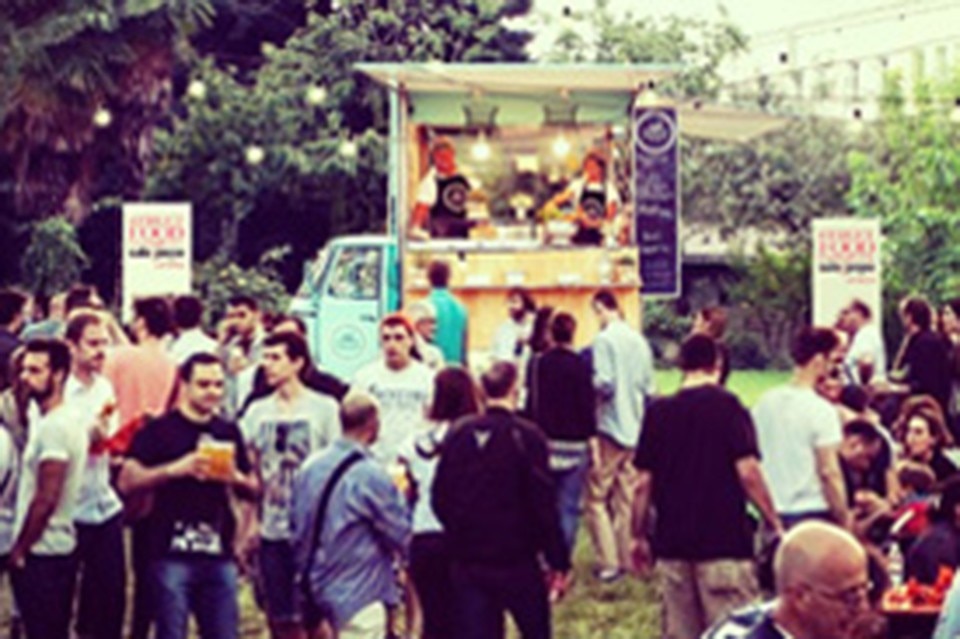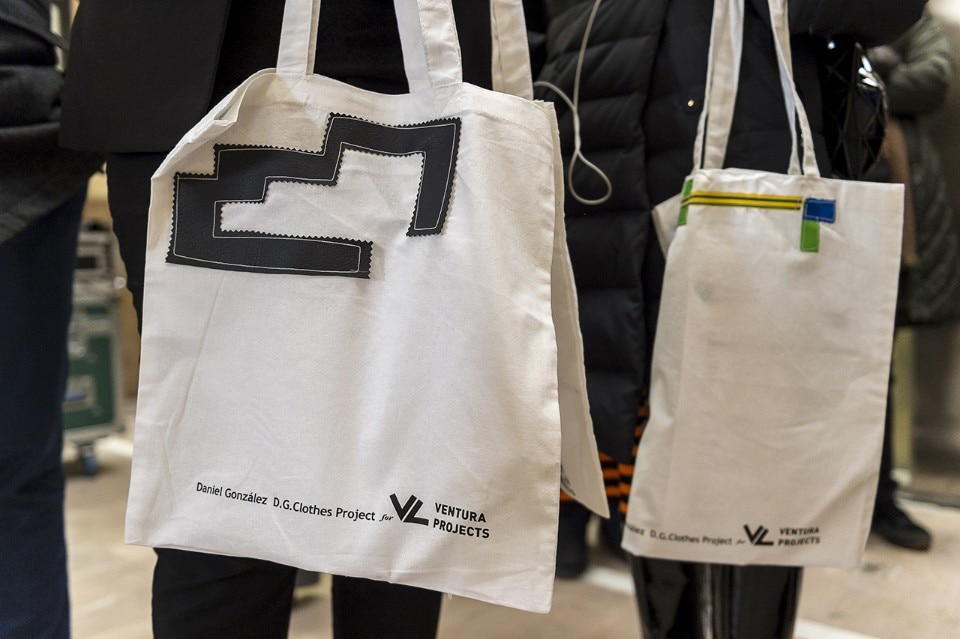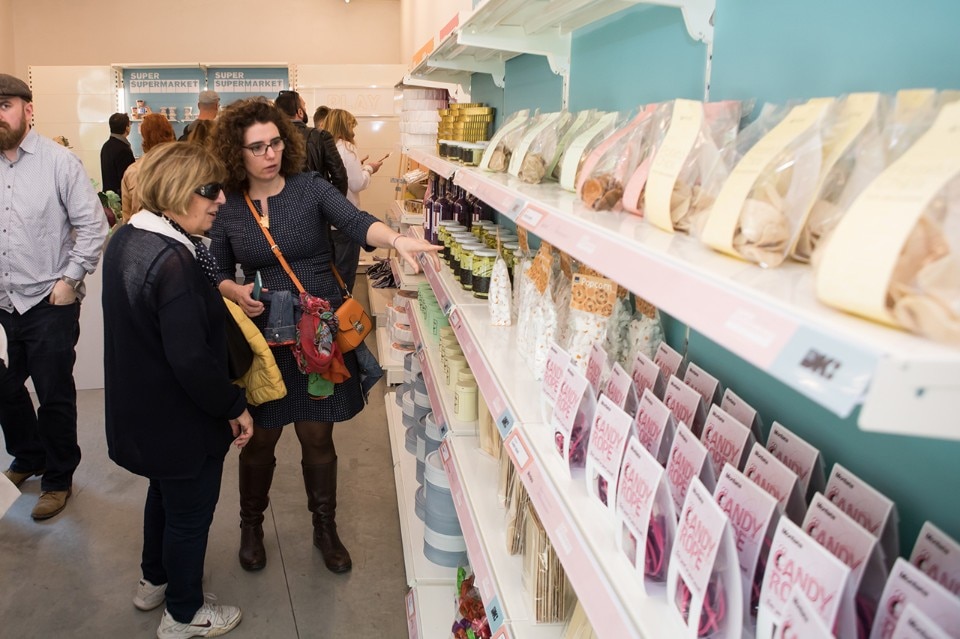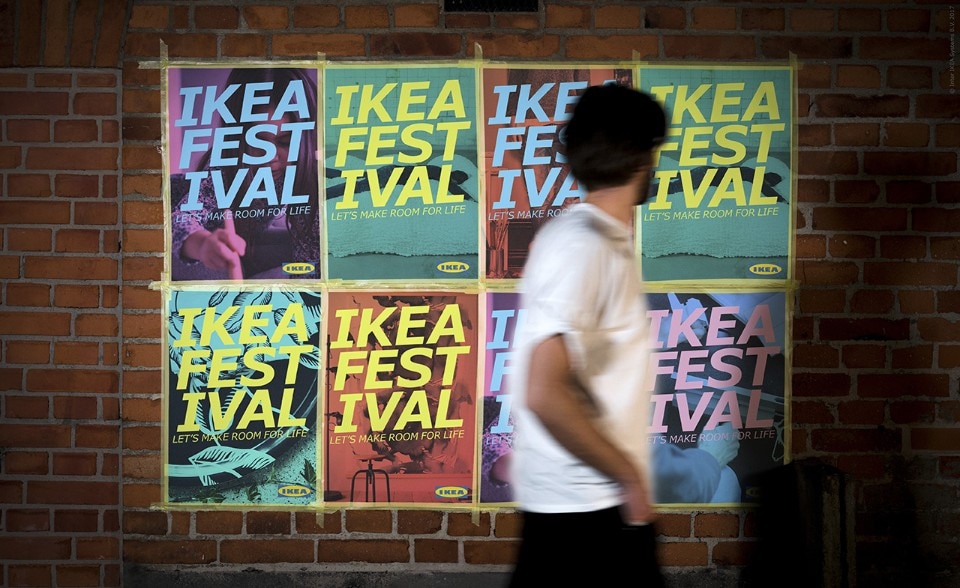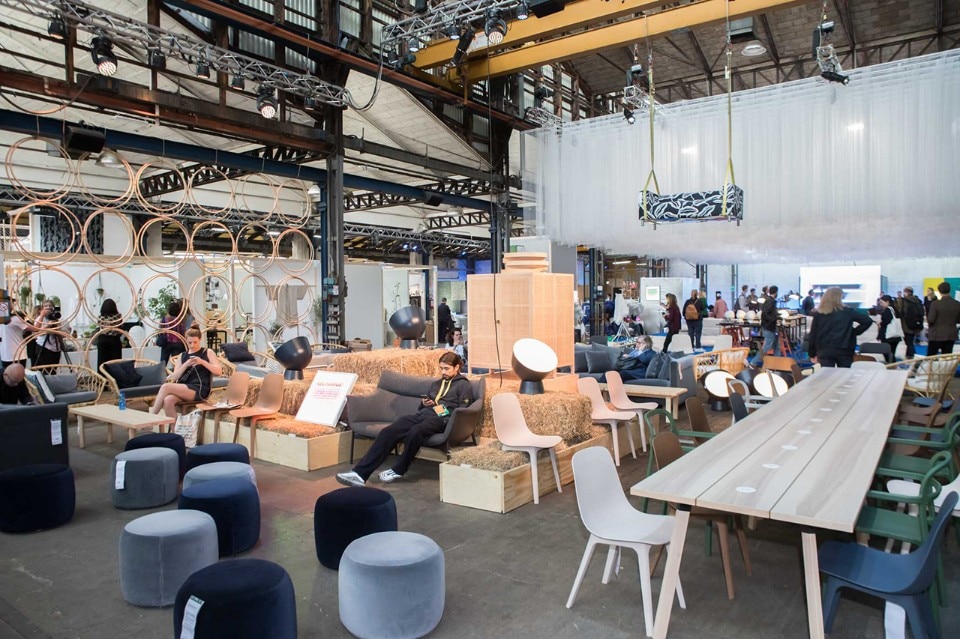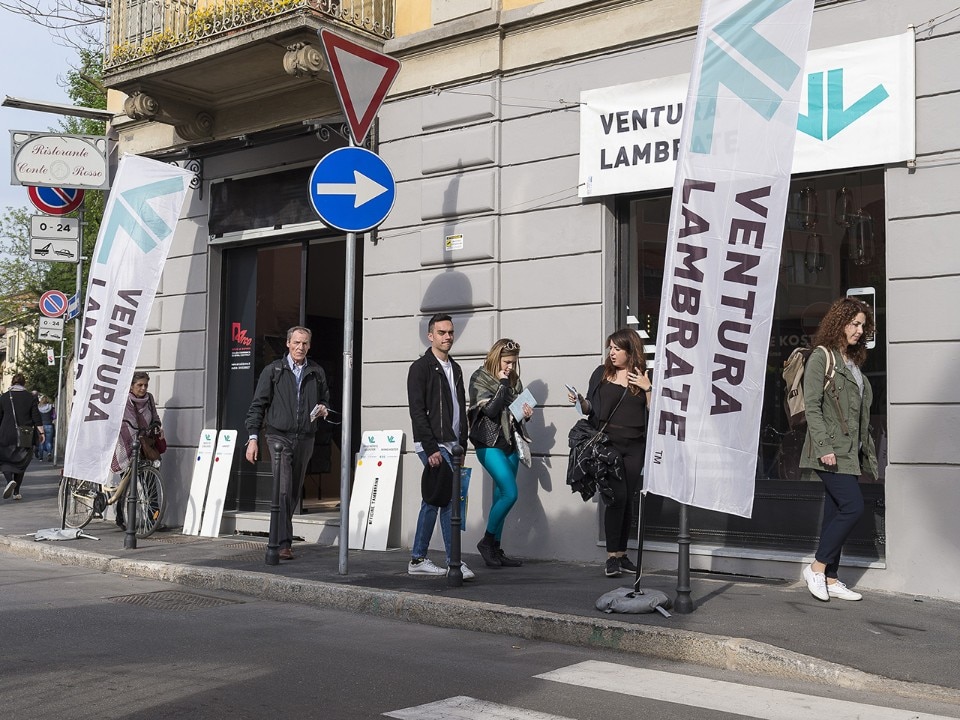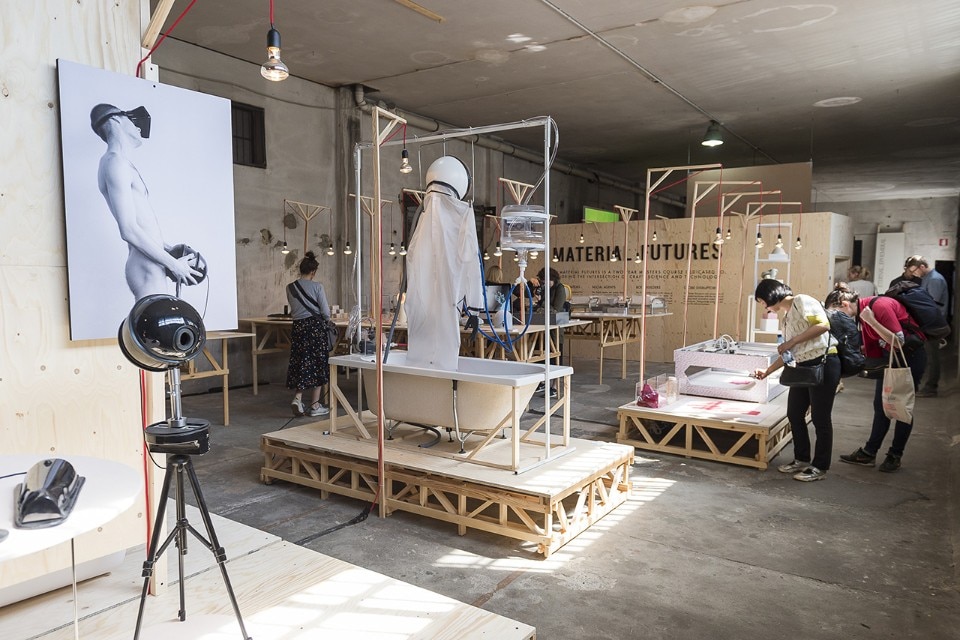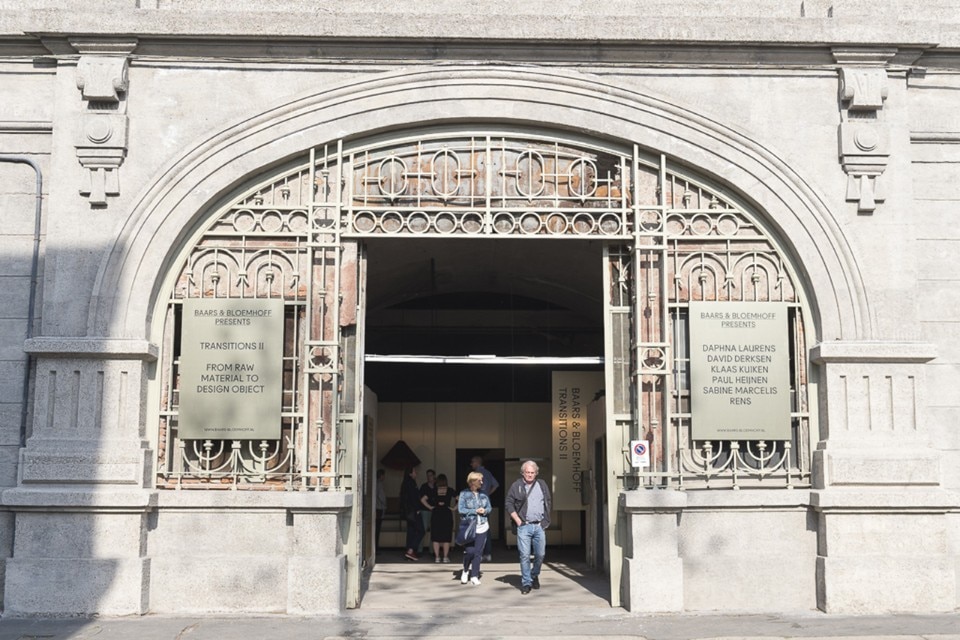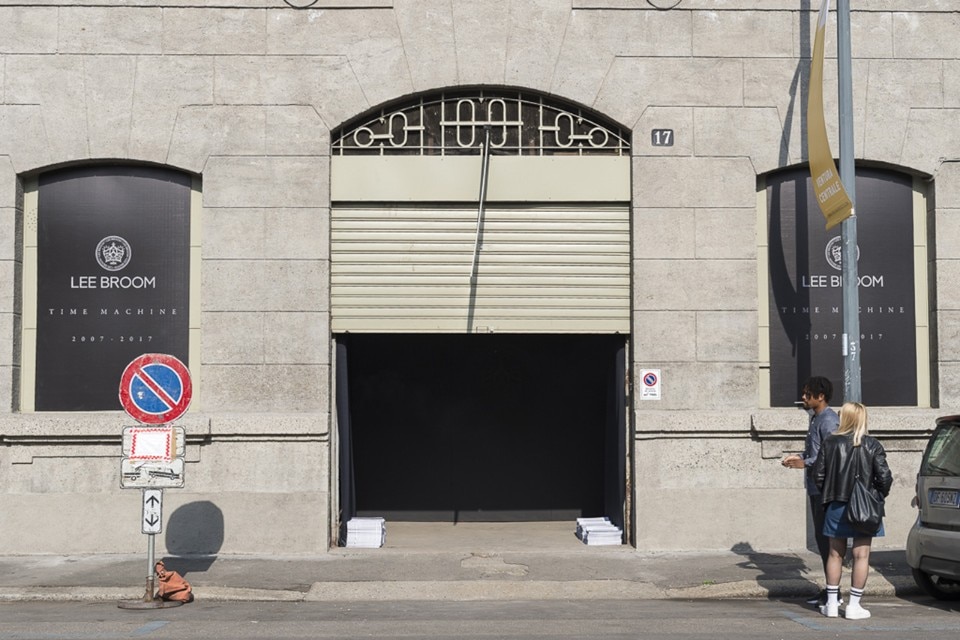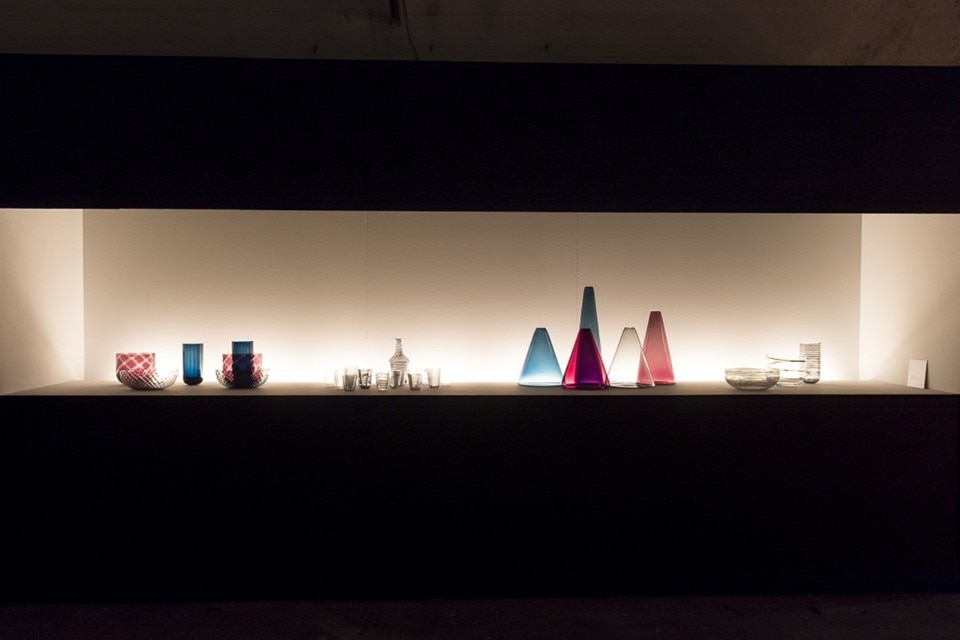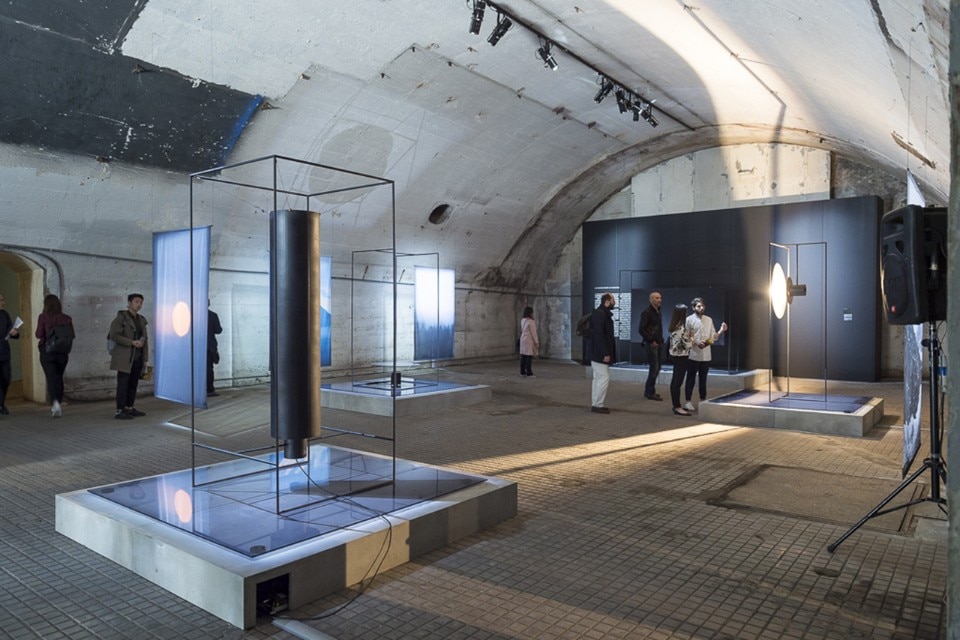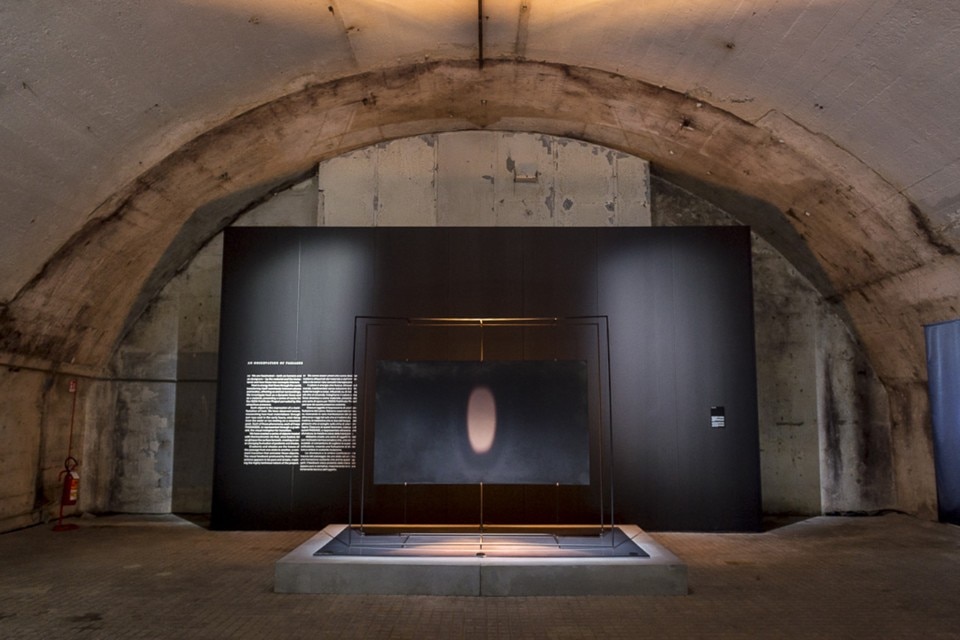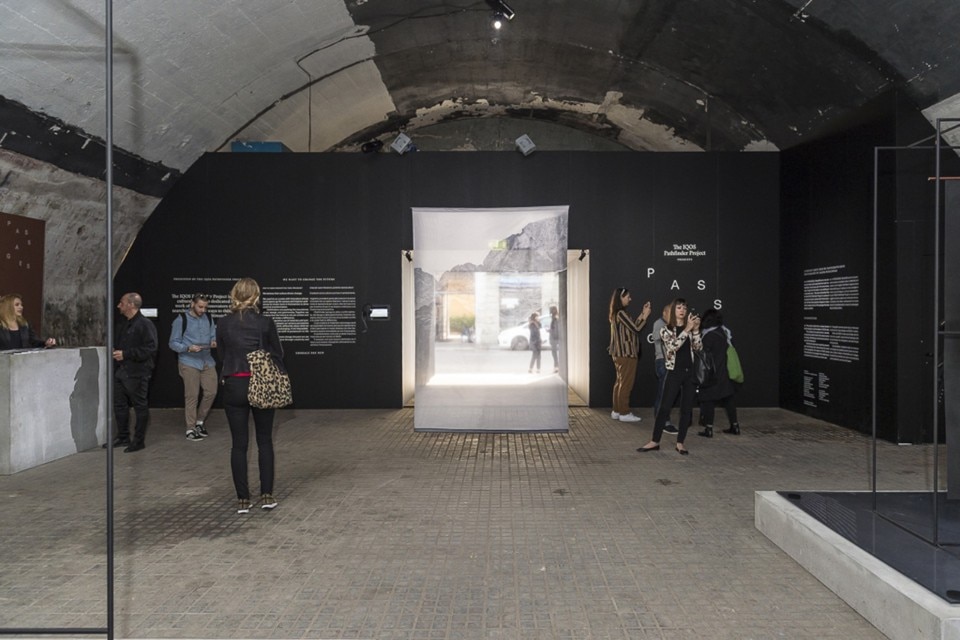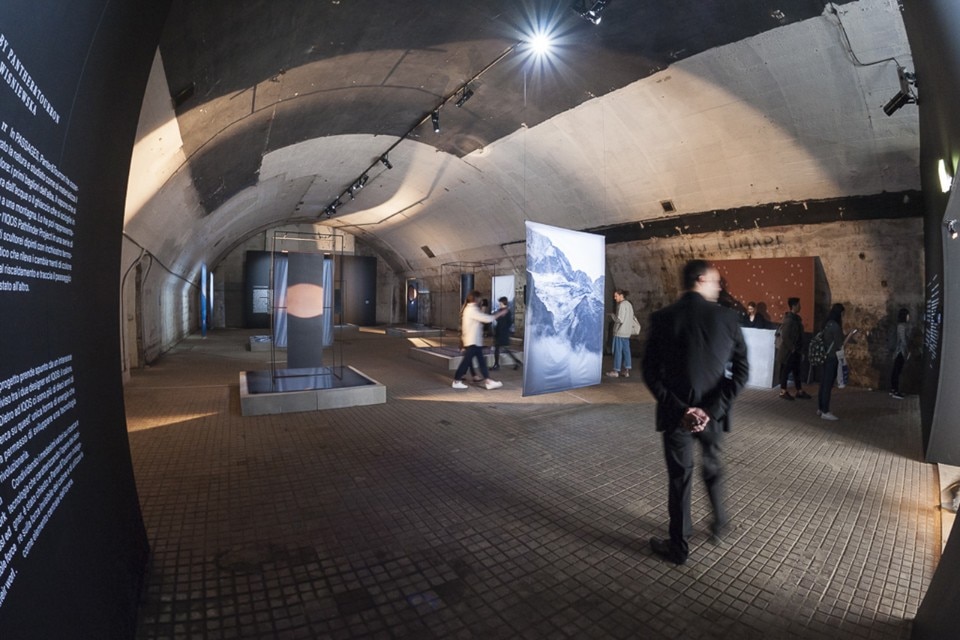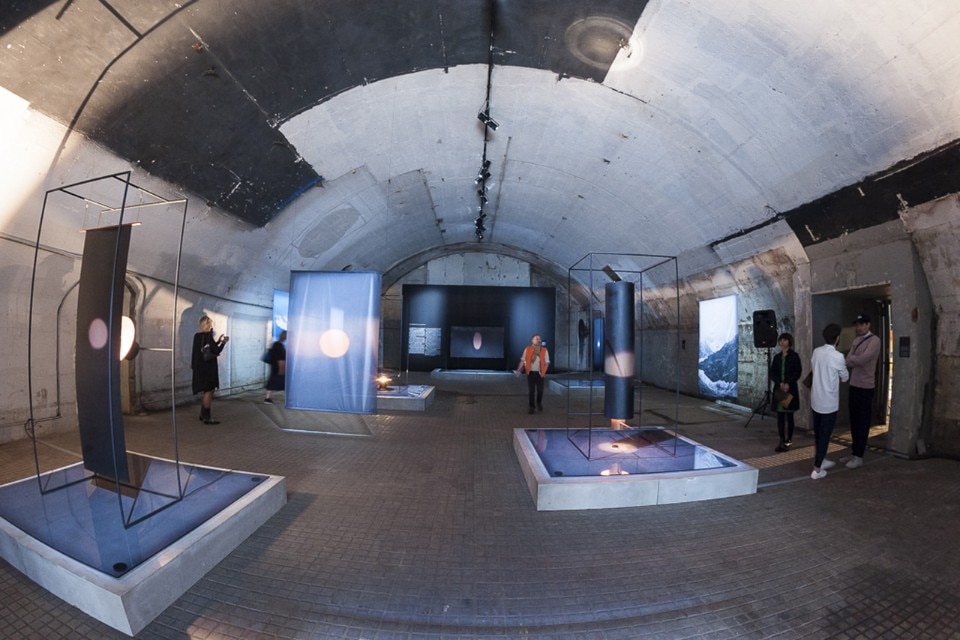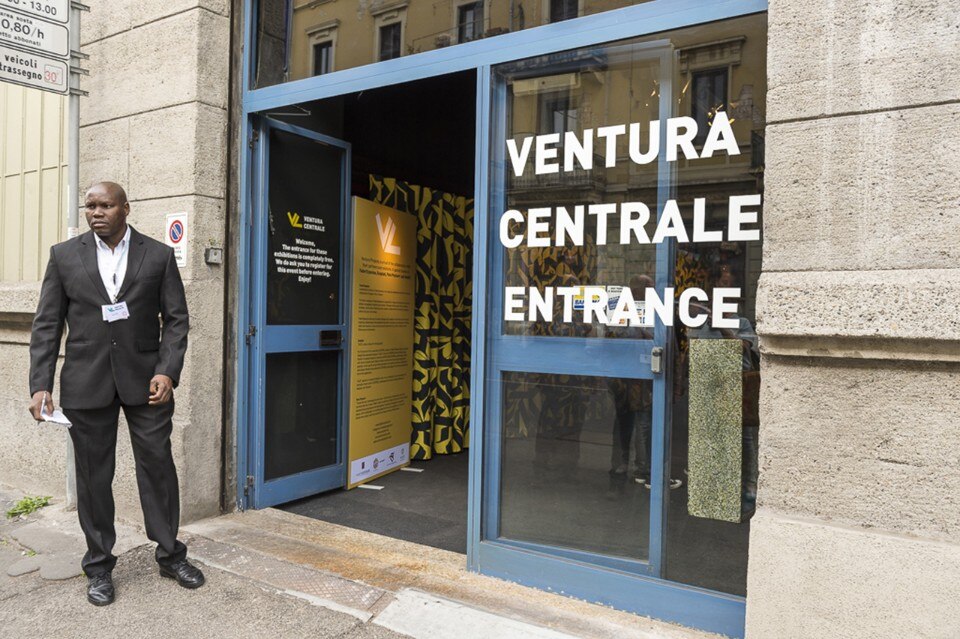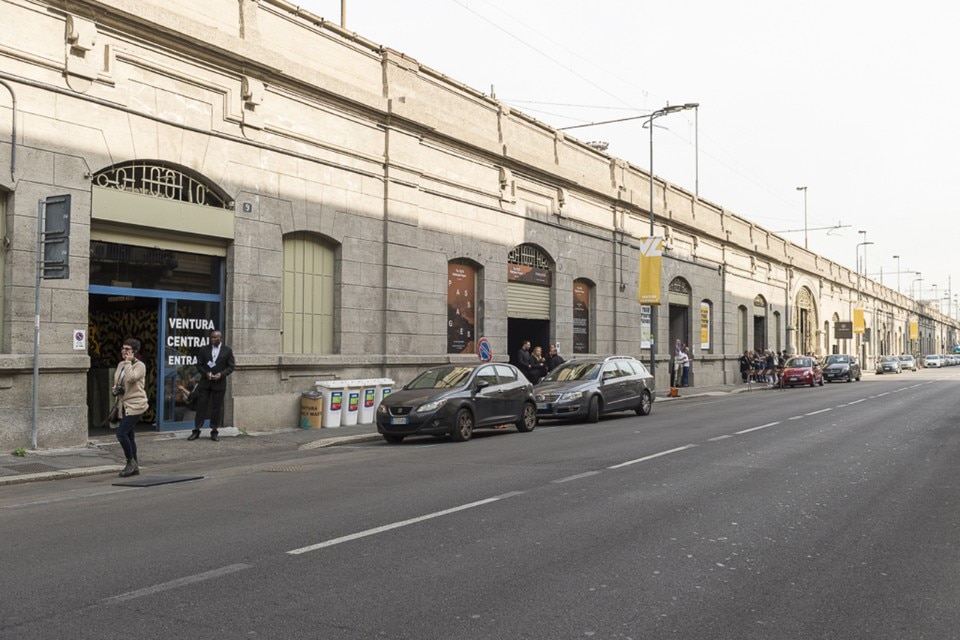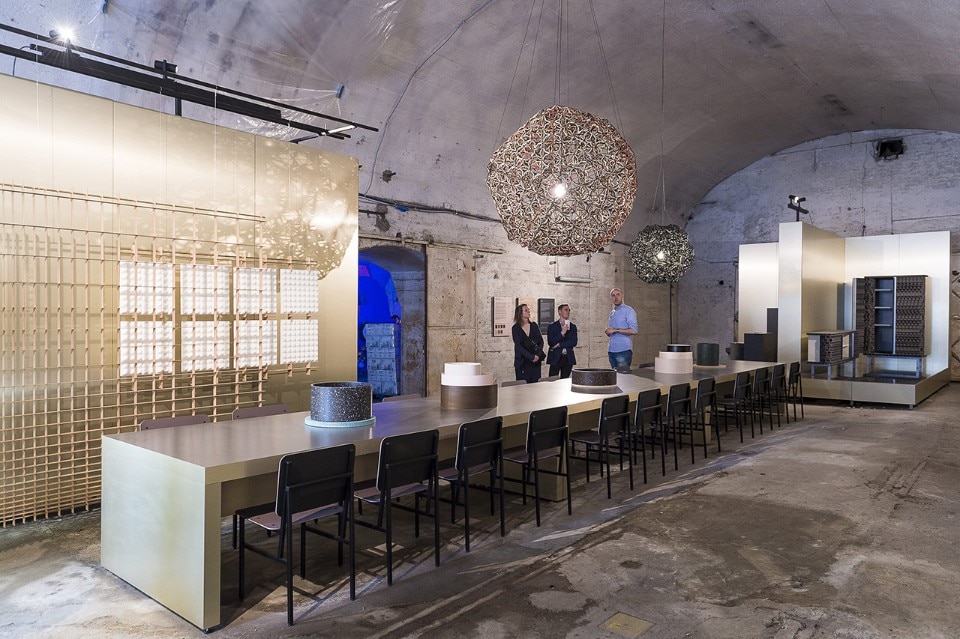There is a term in agronomy that can be applied to design. Rotation of crops is a technique that leaves soil fallow for a year after cropping, so that it rests. In the meantime, the farmer sows his crops elsewhere. “Well, that’s pretty well how it went.” Margriet Vollenberg’s laughter is contagious. A graduate of the Design Academy Eindhoven, at Linate airport she was about to set off on yet another business trip. Art director of Ventura Projects, Margriet is the founder of Organisation in Design in the Netherlands. The outfit is active in the field of design communication and organisation, managing a wide range of activities, services and skills in support of design business with an all-round consultancy service. “I’ve never felt like a designer,” she admits, “more like a bridge, a connector.” After working in Milan as a designer for some famous artists and as project manager for the Fuorisalone, she now deals with communication and design. “Today Ventura Lambrate no longer exists. In 2010, working with designers and exhibitors, I felt the urge to discover new places in Milan. We wanted to offer something more international, to discover young creatives around the world. We were thirty-year-olds, recent graduates, and we discovered Lambrate, an interesting area. It was the right setting. But from the start I told myself it would only be for five years.”
A little sad, like starting a love affair and knowing it’s going to end.
Everything changes, always. After eight editions, I felt the need and the urge to change, so I started looking for other spaces. And we ended up in the disused warehouses under the Central Station.
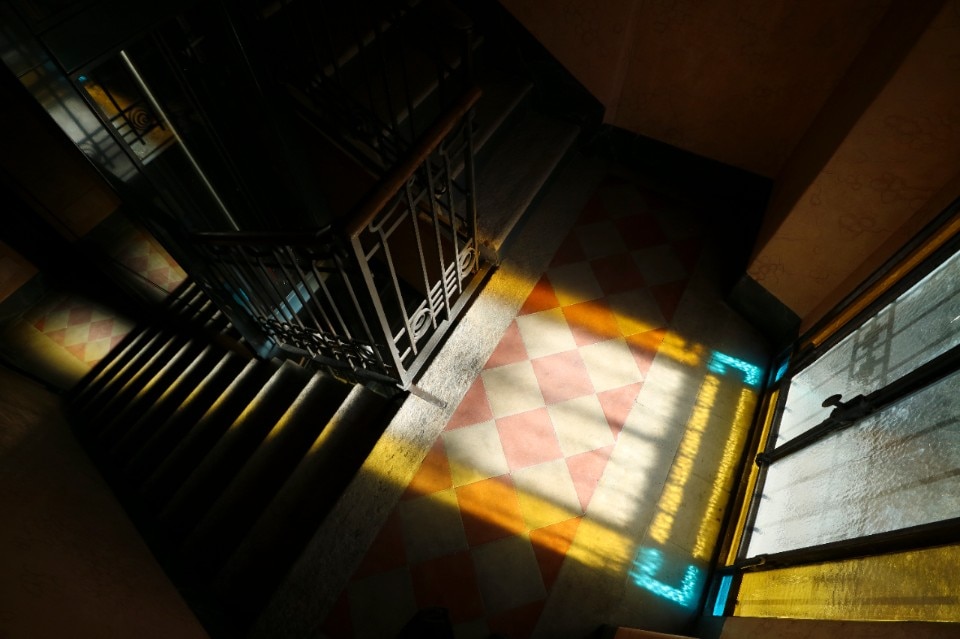
 View gallery
View gallery
How did you go about finding new spaces in Milan?
We looked. We inspected some locations and then discovered new spaces in the Central Station that had been closed for about 30 years. Nine premises with a floorspace of 300 square metres each. They’re part of the Raccordati Warehouses, seven buildings ranged along the tracks north of the station and facing onto Via Ferrante Aporti on one side and Via Sammartini on the other. 40,000 square metres which, after years of neglect, are now going to be redeveloped by the Italian-French consortium of Grandi Stazioni Retail (Borletti-Antin-Icamap) to a design by Studio Giugiaro. In reality, we opened them up and gave them a new light. This year they will host design talents from around the world: Mexico, Japan, Lapland and Germany.
In your opinion, does Milan need new spaces?
Milan is interesting for that very reason. You don’t know it until you start opening doors. I saw only some big buildings with very elegant facades. But I had no idea what lay behind them. Sometimes there would be a beautiful garden. For example, when we discovered Lambrate, we got in the car and started improvising tours of the city’s streets. Ten years ago when I started talking about the Lambrate project, they told me it was too far out.
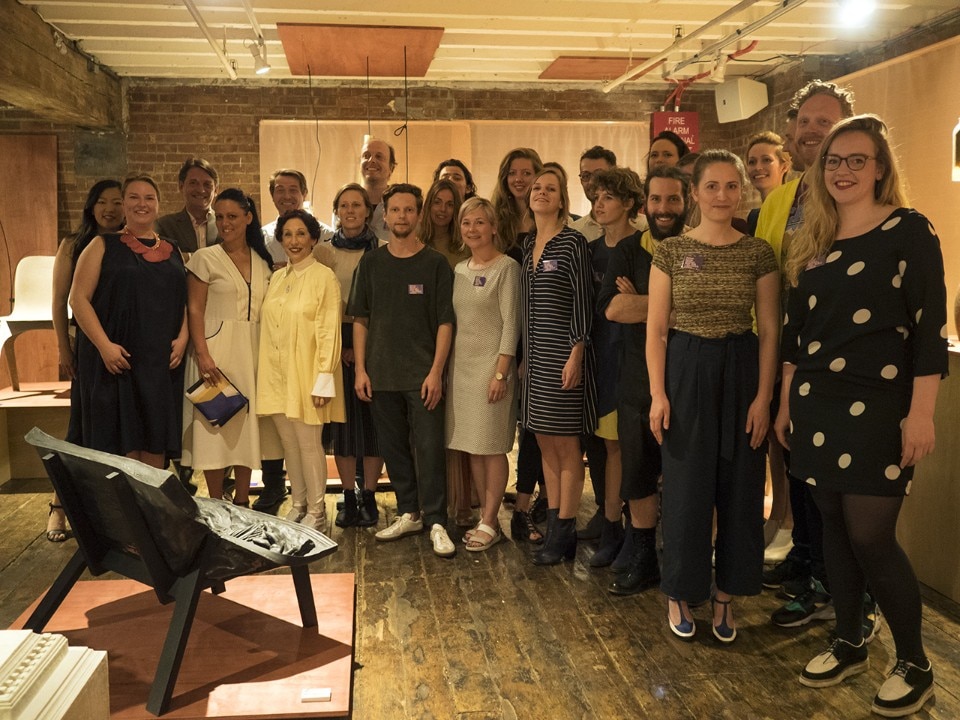
 View gallery
View gallery
Tortona Design District, Ventura Lambrate and Ventura Centrale, Porta Romana Design, Brera Design District, Porta Venezia in Design, 5VIE, Fabbrica del Vapore. These are just a few attempts that, over the years, have sought to identify and promote urban areas in Milan.
The 2015 Expo made it clear that Milan is a world city. For this reason I wish there weren’t just some temporary spaces that come to life during the Salone, but venues visible all year round. The concept of global design is lacking. We should try and create opportunities for new companies, new brands and labels.
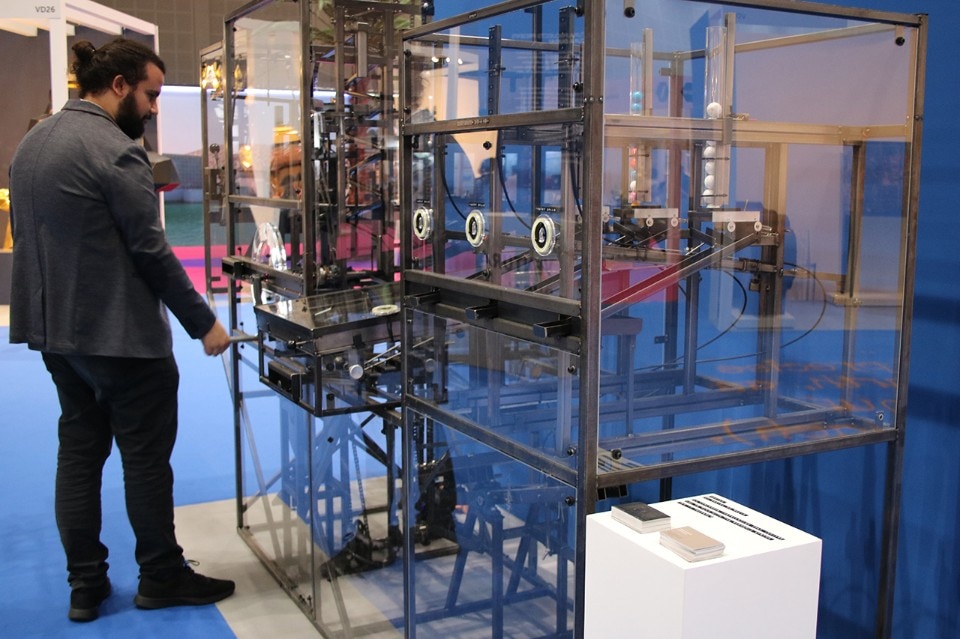
 View gallery
View gallery
Is there a new geography of design?
With “Ventura Projects”, as early as 2011 we went to Berlin, then London. We'll be in Dubai next week. In 2019 we’d like to hold the third edition of “Ventura New York”. I think that from this point of view the Middle East is interesting. So is Tblisi, in Georgia. Then we’re rediscovering New York and its new trends. Obviously Milan, too, a city that counts for a lot in the global movement, has a more mature version, comparable to the Big Apple.
What’s your idea of design?
My approach is to turn it into a platform, rich in contacts and relationships. Design is not just the product on display, on sale. To me it is also design thinking, the concept, the questions and the possible answers. It can’t just be a fair. It’s the circulation of ideas and a stimulus to reflect.
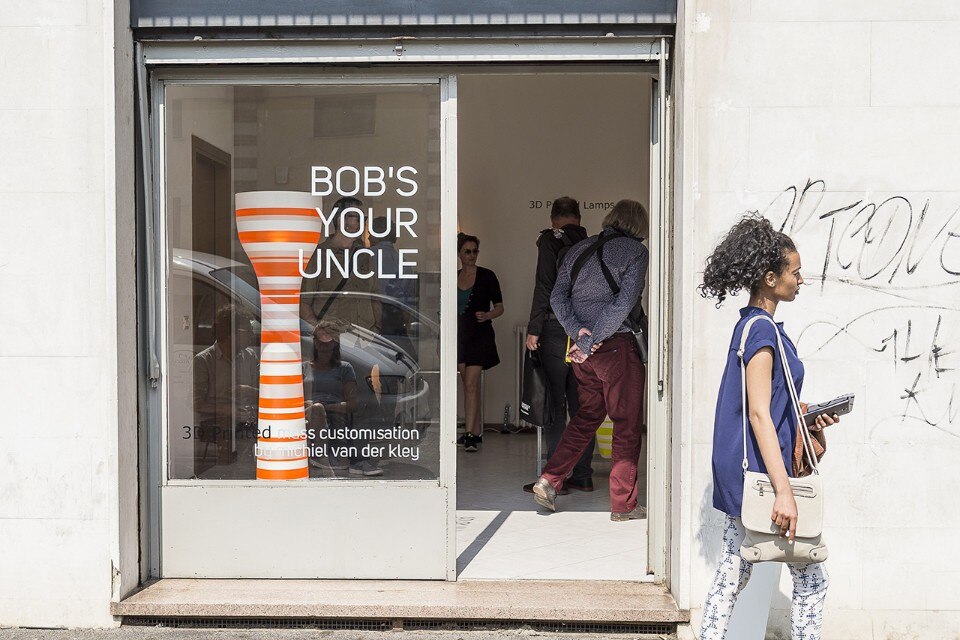
 View gallery
View gallery
And what are designers in this context?
They’re artists, not entrepreneurs. In my opinion, there should be more designers of concepts, ideas, solutions.
A more political design?
Fairs of this kind have changed the whole city of Milan, they’ve transformed it. The soil is fertile, and thanks to the care and attention, the harvest has been generous and still is. Now I feel that we’re returning to thought, because we have different questions, different problems to solve. The point is no longer how to make money but eco-sustainability, green values, waste.
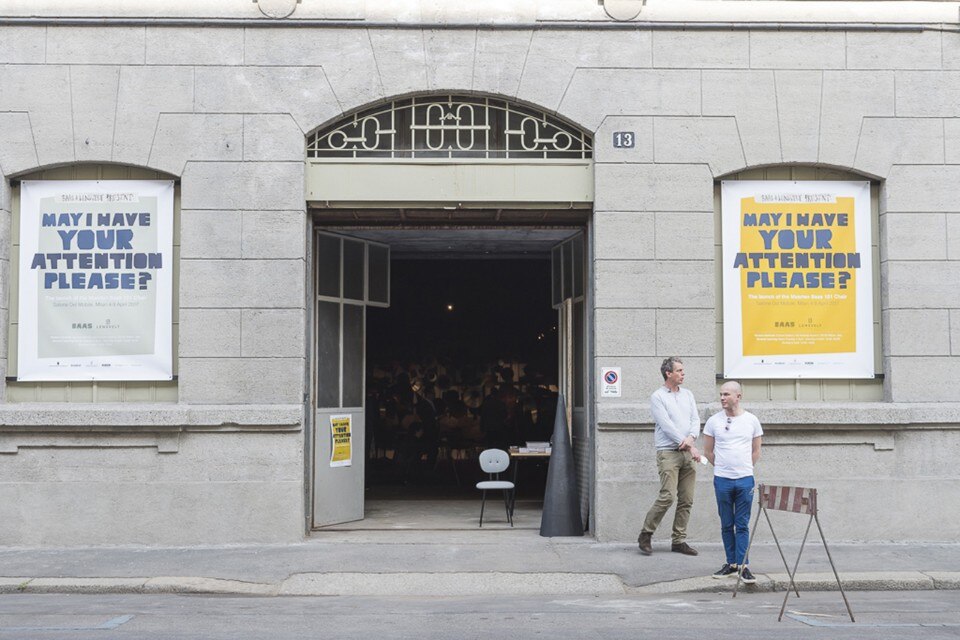
 View gallery
View gallery
What do you think are the new skills in the field of design?
It’s a continuous dialogue. We’re at the start of the path. It will take years. Today we aren’t seeing far-reaching, revolutionary changes. Just think of our education system or healthcare. Even the way we travel is the same. Changes are coming. We need to put designers among the politicians in the administration of our cities. This has to be the new direction. Long before all this, Paul Valéry wrote: “The monuments must sing.” They have to generate a vocabulary, create a relationship, contribute to the creation of civil society. The historical memory is not an unchanging endowment, capable of communicating anyhow. We need to know how to bring it all to the surface by continuously reviving it. Because unless the historical and cultural heritage comes into contact with people, being expressed in different ways and speaking to everyone, it risks dying, being unable to convey meaning and identity to a community.
Would the outcome of the election have been different?
To judge by the latest results, maybe it would have.
- Exhibition title:
- Ventura Future – Ventura Projects – Ventura Centrale
- Opening dates:
- 17–22 April 2018


